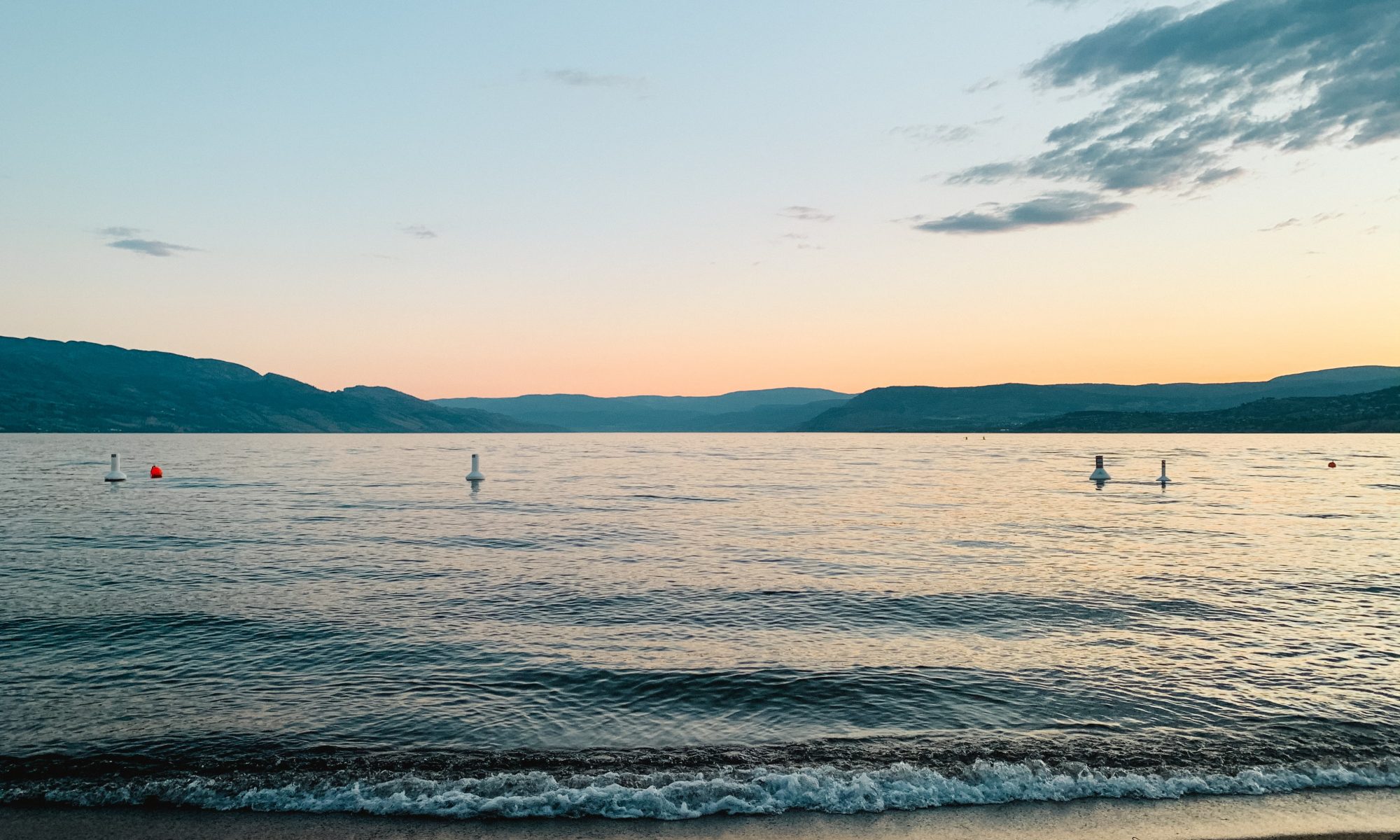ISSUE 3
We are seeking submissions from UBC students, artists, and writers to express their unique perspectives on the “Power of place”.
Places and spaces are key factors that influence our involvement in communities and it reflects our relationships with the places we love. The concept “Power of Place” can be interpreted in multiple ways. Here are a few questions to guide your submission (if you have an idea not reflected in the questions, these are also more than welcome):
-
- What does “Power of Place” mean to you?
- How does your origin inform the value you attribute to “place”?
- How does “place” inform your learning and/or community engagement on campus?
- In what ways do you experience the “Power of Place” on campus?
- What are your experiences with learning on/from the land?
We encourage students to reflect on their positionality, origin, and connection with place(s) and land(s) to guide their search for equity, diversity and inclusion.
FEATURED VOICES
Chinese Folk Dance by Cindy Seto
 “Folk dance has a long history in traditional Chinese culture and it has taken diverse forms over millennia” (Seto).
“Folk dance has a long history in traditional Chinese culture and it has taken diverse forms over millennia” (Seto).
Ode to Nexplanon by Madeline Grove
 “My relationship with birth control is highly dependent on the political community within the place I live” (Grove).
“My relationship with birth control is highly dependent on the political community within the place I live” (Grove).
Mole in a Hole by Indira Mishra
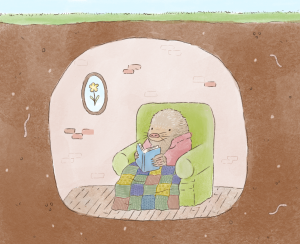 “There is a mole that lives in a hole…” (Mishra)
“There is a mole that lives in a hole…” (Mishra)
The Power of Place in Positionality by Kelly Grace Yuste

“The place I stand and view everything from is a significant factor of how I understand the world — this is what ‘Power of Place’ means to me” (Yuste).
Chaa da Cup with Harnaaz Kaur Grewal
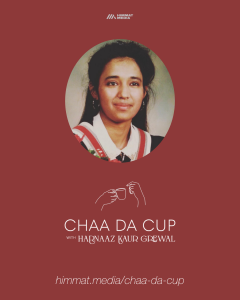 “…I believe one’s environment goes beyond the physical space and fosters a psychological connection that influences the ways in which we form our identities” (Grewal).
“…I believe one’s environment goes beyond the physical space and fosters a psychological connection that influences the ways in which we form our identities” (Grewal).
Graduate Schools: WEIRD, Powerful Places for Inclusive Research Practices by Martin Dammert
 “Research conducted in UBC Graduate School, and at neighbouring graduate schools, can be tremendously WEIRD” (Dammert).
“Research conducted in UBC Graduate School, and at neighbouring graduate schools, can be tremendously WEIRD” (Dammert).
Occupying Spaces/Places by Adishi Gupta
 “As a woman, taking up space has never been my strong suit. When I talk, it feels like I am talking too much. When I sit, it feels like I am spreading too much. When I lie down, it feels like my body is taking up too much space. When I walk, I feel like I am constantly in other people’s way. When I exist, I feel like I am being too much” (Gupta).
“As a woman, taking up space has never been my strong suit. When I talk, it feels like I am talking too much. When I sit, it feels like I am spreading too much. When I lie down, it feels like my body is taking up too much space. When I walk, I feel like I am constantly in other people’s way. When I exist, I feel like I am being too much” (Gupta).
No Place Without Space By Lansana Nwosu
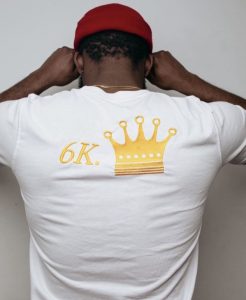 “One of the most important things a person can do in life is figure out their purpose. The sense of direction and a clear vision of where you want to go makes the trials and tribulations of life slightly more bearable” (Nwosu).
“One of the most important things a person can do in life is figure out their purpose. The sense of direction and a clear vision of where you want to go makes the trials and tribulations of life slightly more bearable” (Nwosu).
My Lost Citadel/Mi Ciudadela by Valeria Díaz Cuba
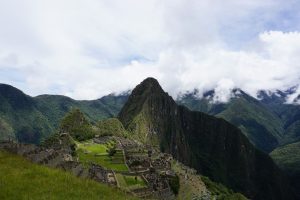 “Maybe it is because of its magnitude, or its fame, or simply the magic that engulfed me as I stood on the platform to watch my favourite wonder of the world, but I think it all links back to what this place means to me, in its history and its symbolic presence” (Díaz Cuba).
“Maybe it is because of its magnitude, or its fame, or simply the magic that engulfed me as I stood on the platform to watch my favourite wonder of the world, but I think it all links back to what this place means to me, in its history and its symbolic presence” (Díaz Cuba).
Self-Reflection and Mindfulness by Jeremy Mandy
 “Through meditation and mindfulness, we can become increasingly aware of our positionality and the implicit biases that color our perspectives” (Mandy).
“Through meditation and mindfulness, we can become increasingly aware of our positionality and the implicit biases that color our perspectives” (Mandy).
RESPECT X Innovate, Design, Sustain by Nancy (Jiayi) Lu
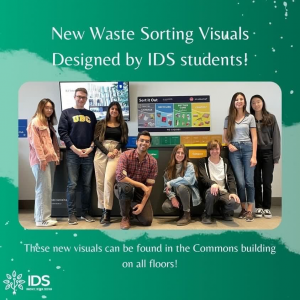 “ Have you ever experienced the serenity of nature or felt the indescribable pull of a special place that fills you with awe and wonder? ” (Lu)
“ Have you ever experienced the serenity of nature or felt the indescribable pull of a special place that fills you with awe and wonder? ” (Lu)
Chai Patti by Shiza Maqbool
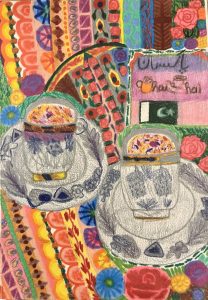 “Her creative illustration showcases how she senses ‘place’ by representing her home nation of Pakistan. Her piece compiles key trends and symbols such as Kashmiri chai, truck-art and her native tongue which is Urdu” (Maqbool).
“Her creative illustration showcases how she senses ‘place’ by representing her home nation of Pakistan. Her piece compiles key trends and symbols such as Kashmiri chai, truck-art and her native tongue which is Urdu” (Maqbool).
Page Photo credit Kolby Milton on Unsplash.

